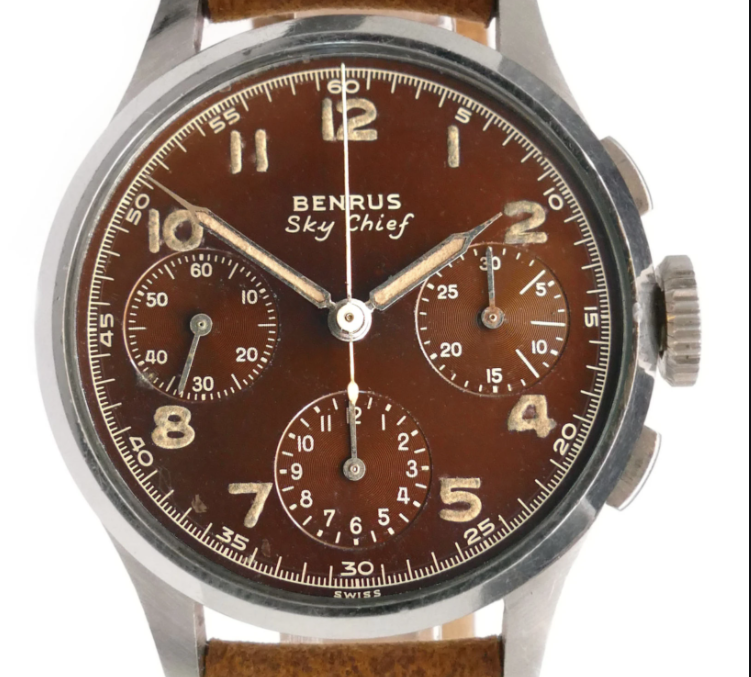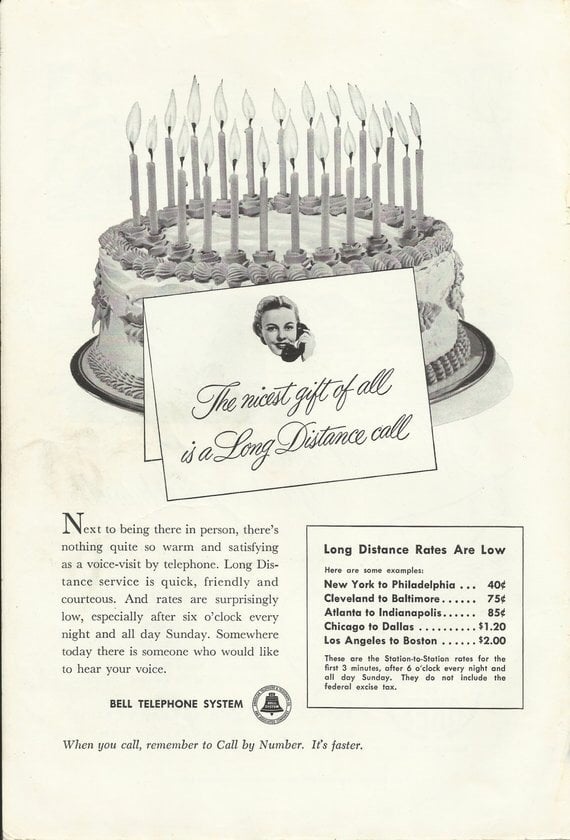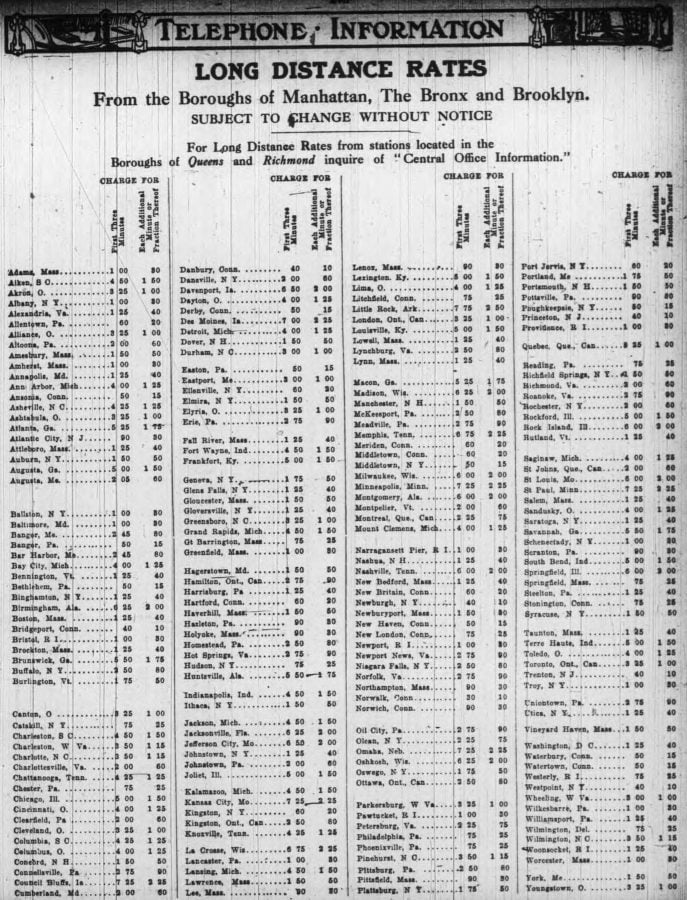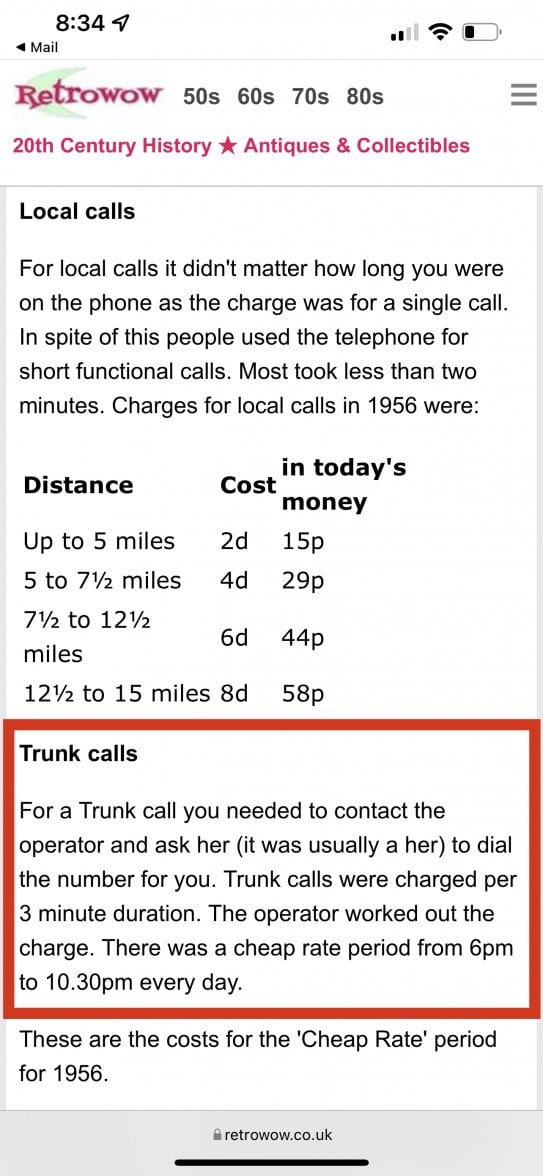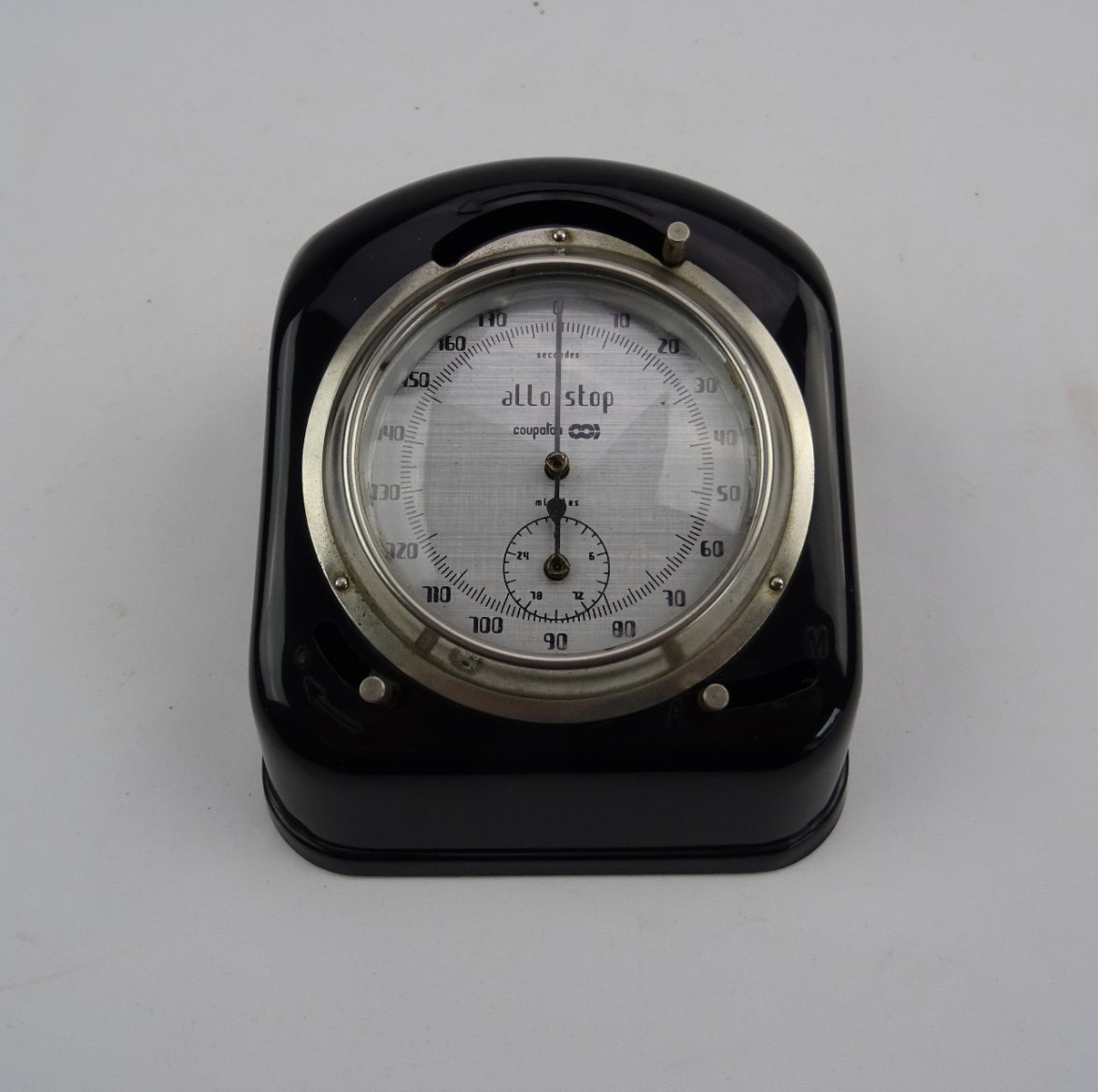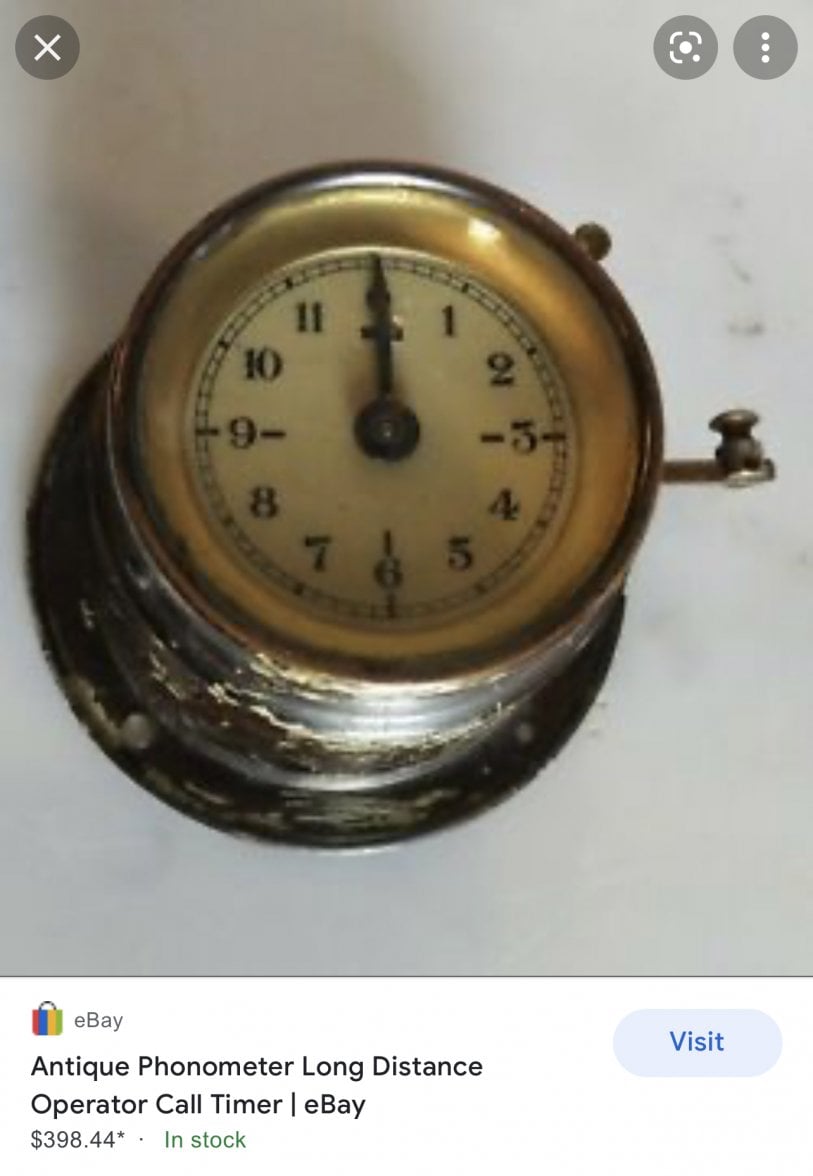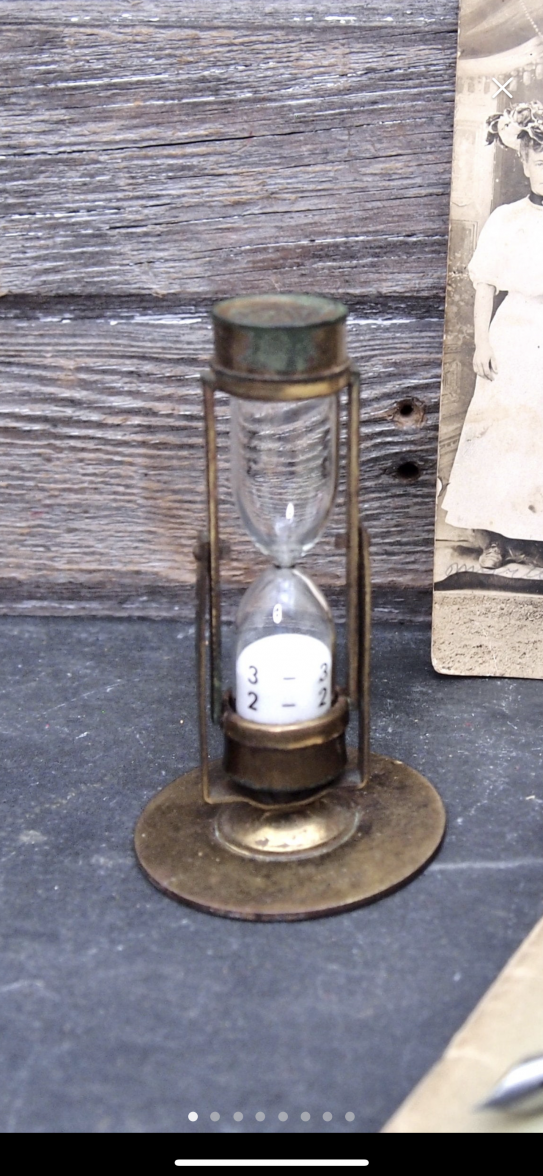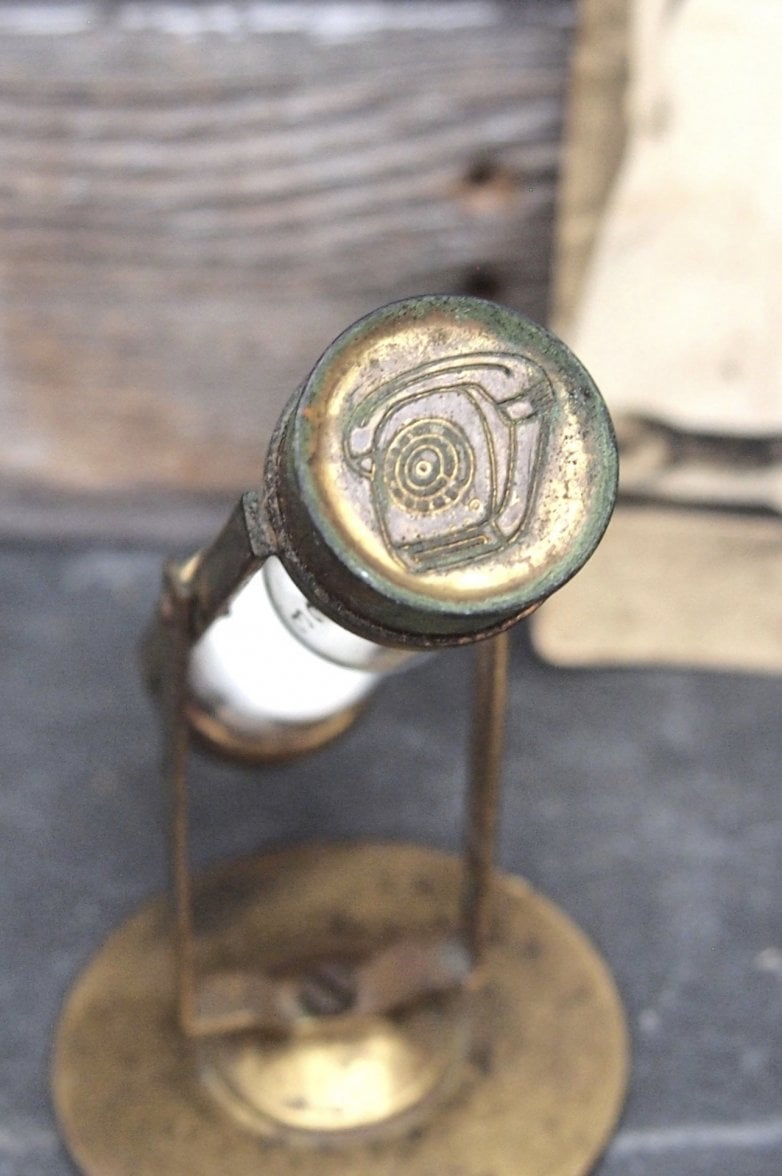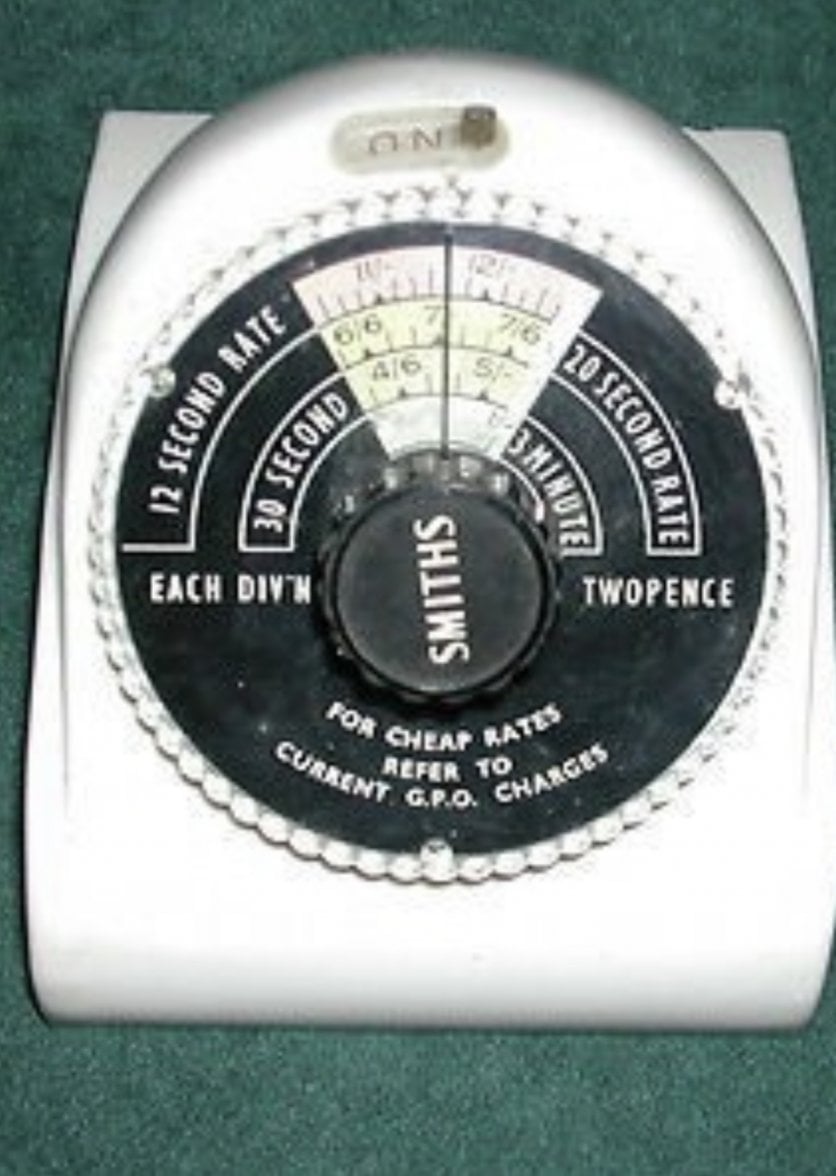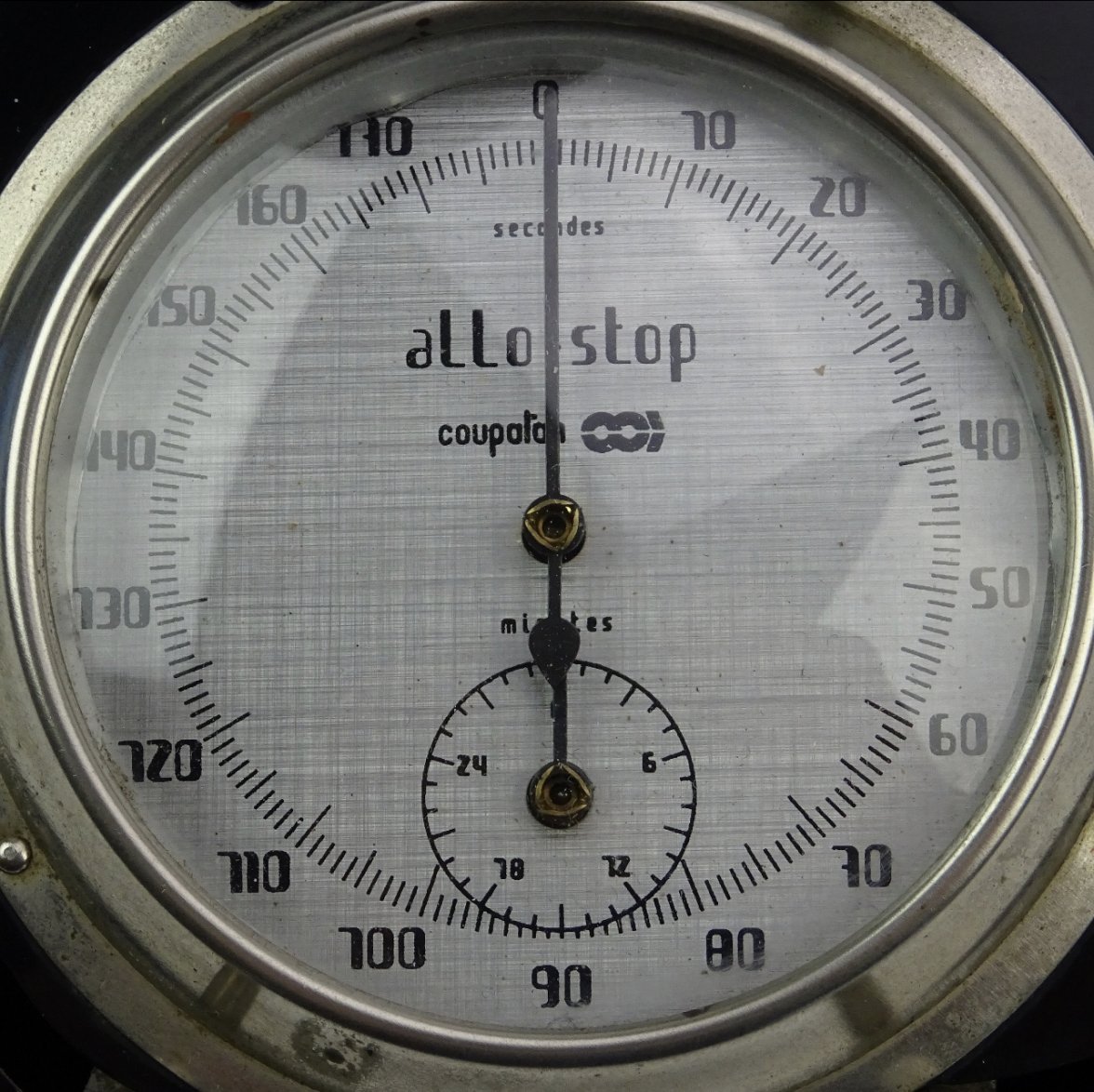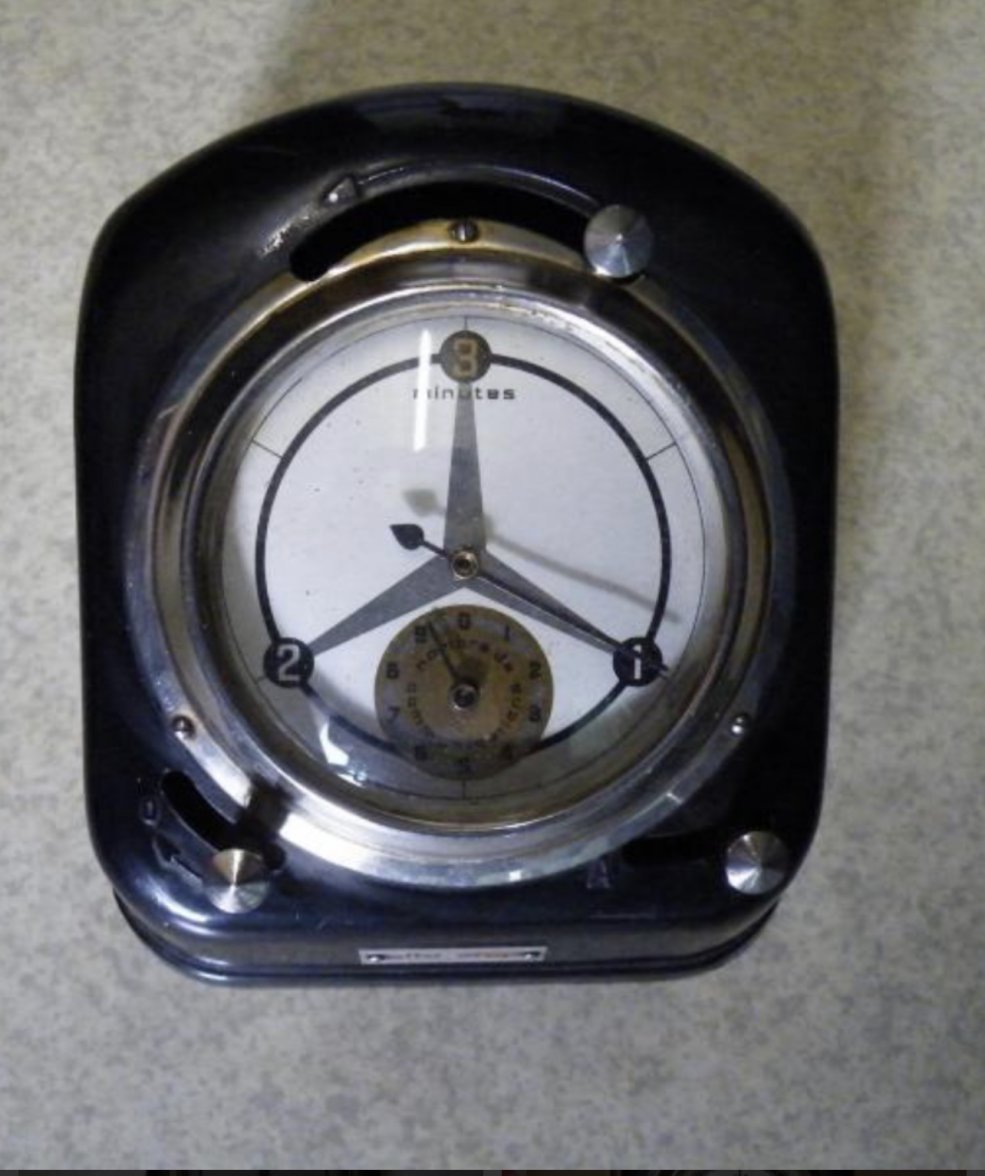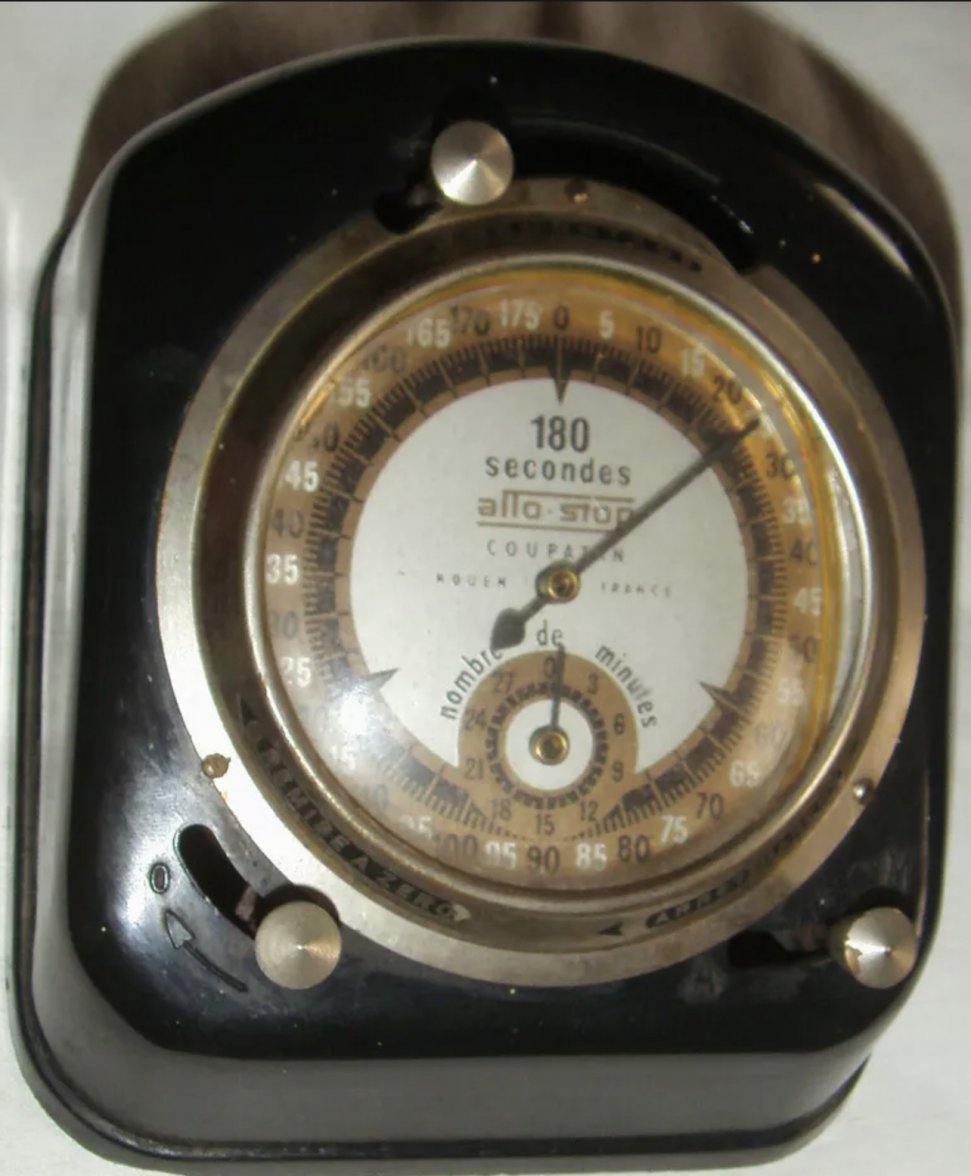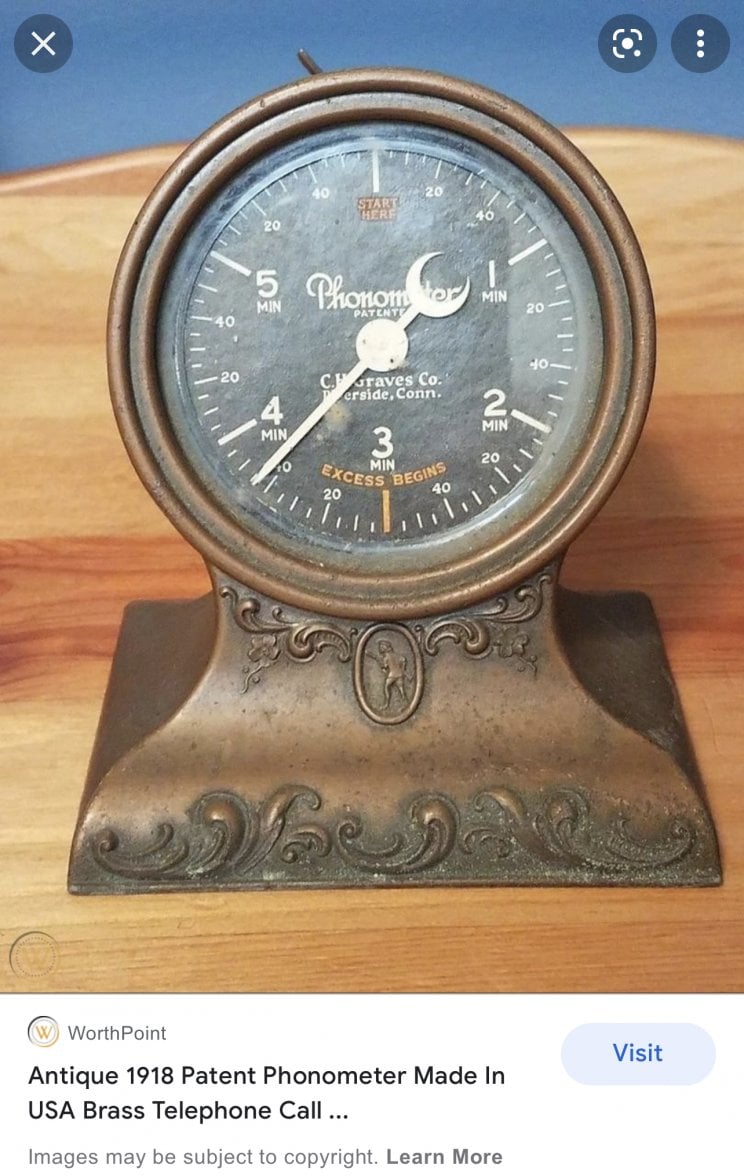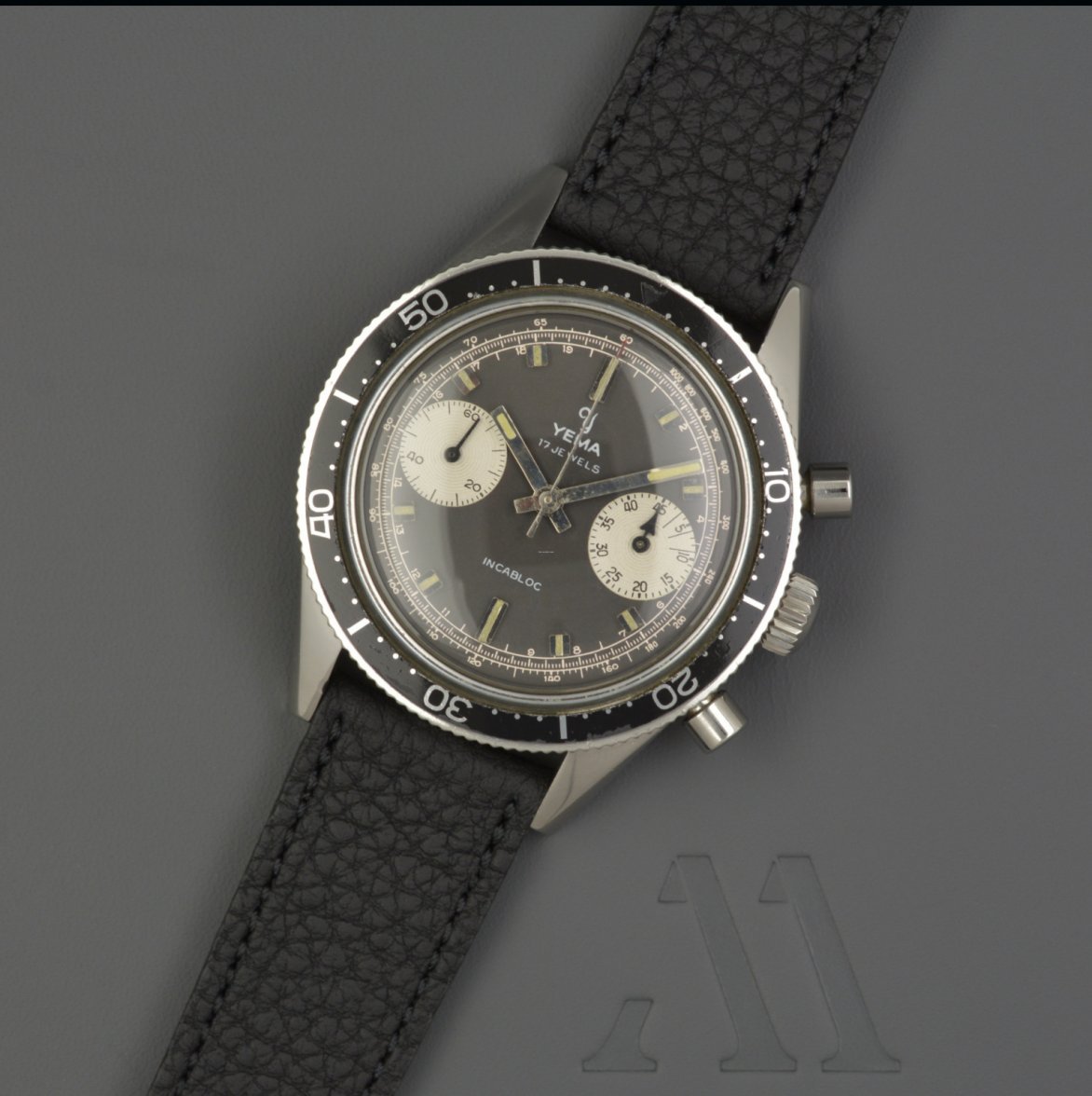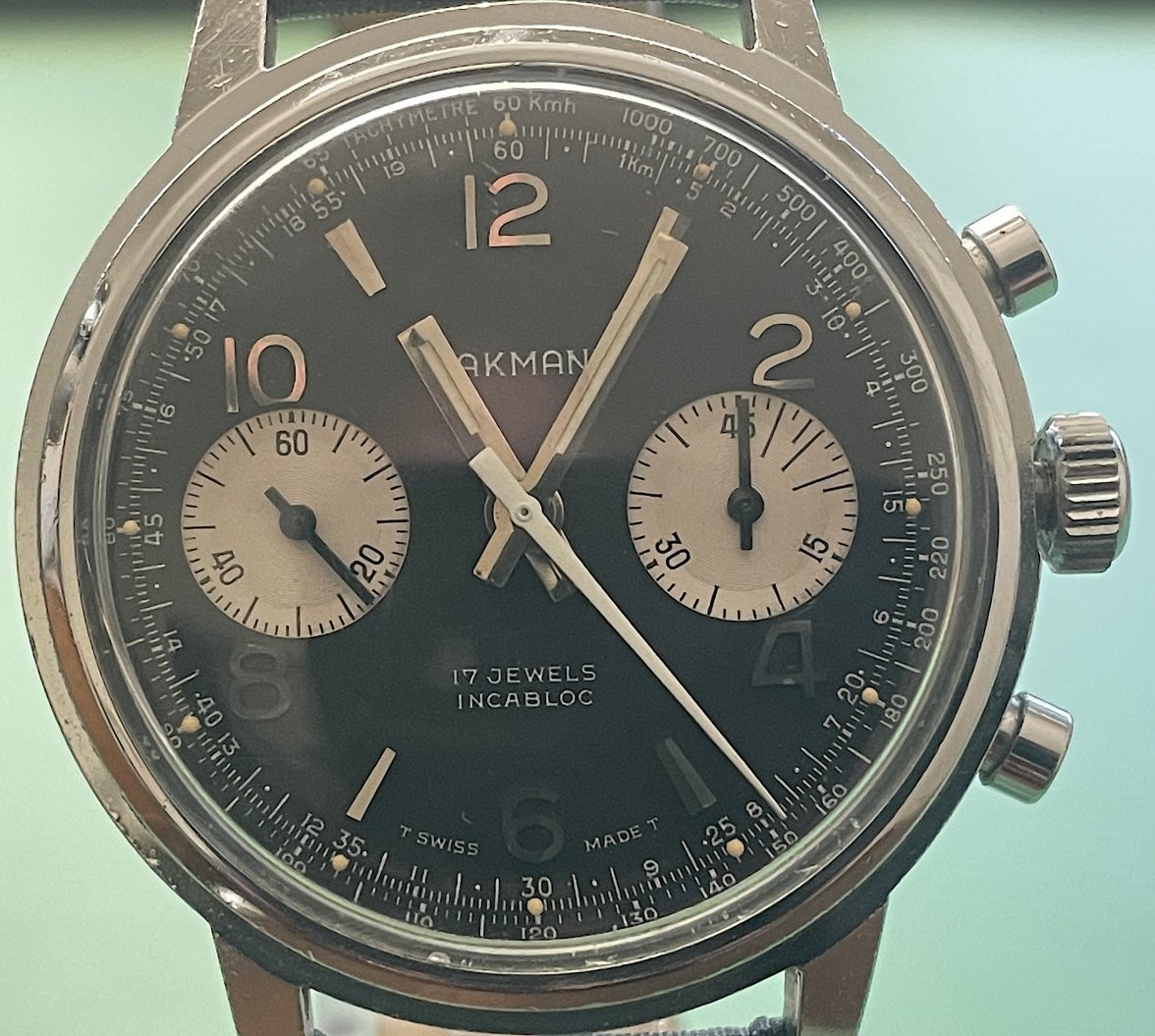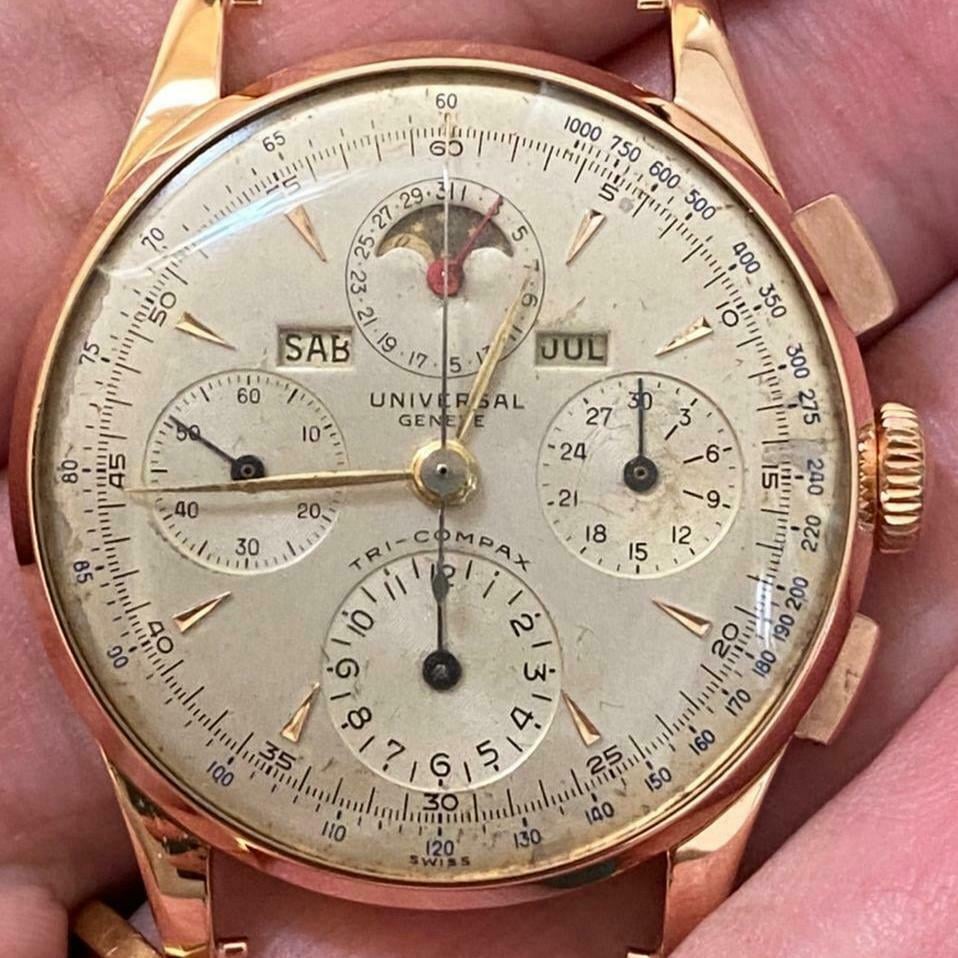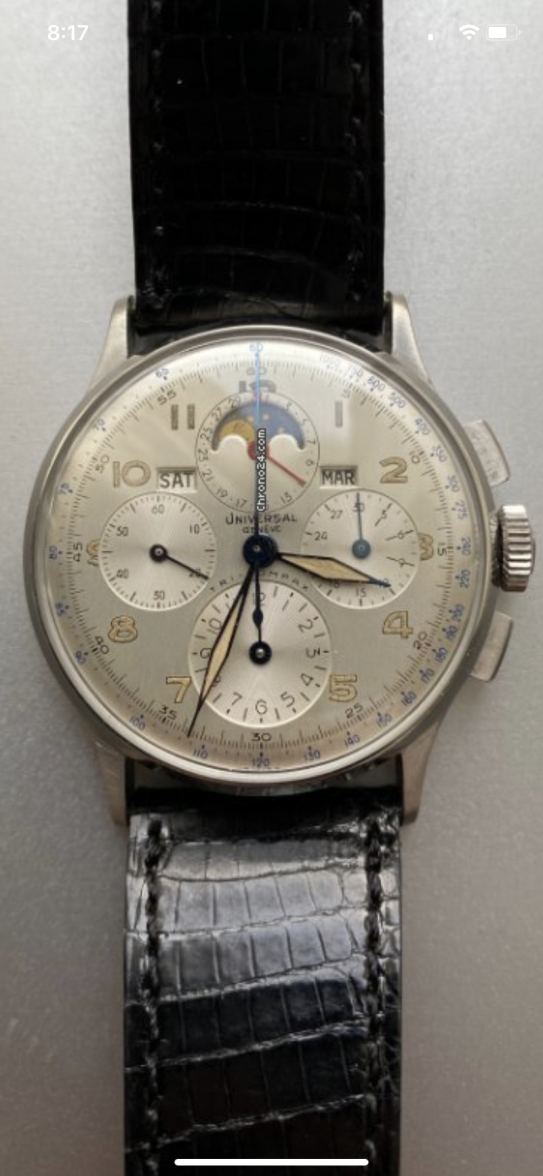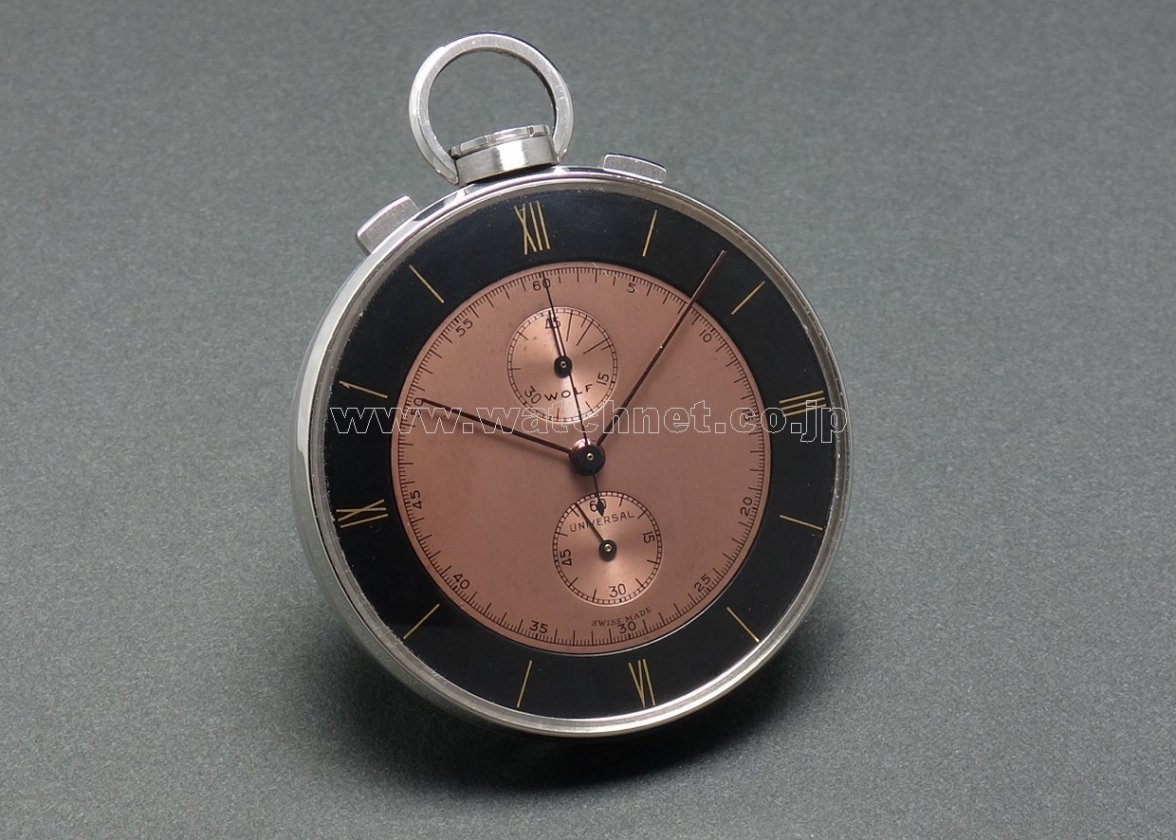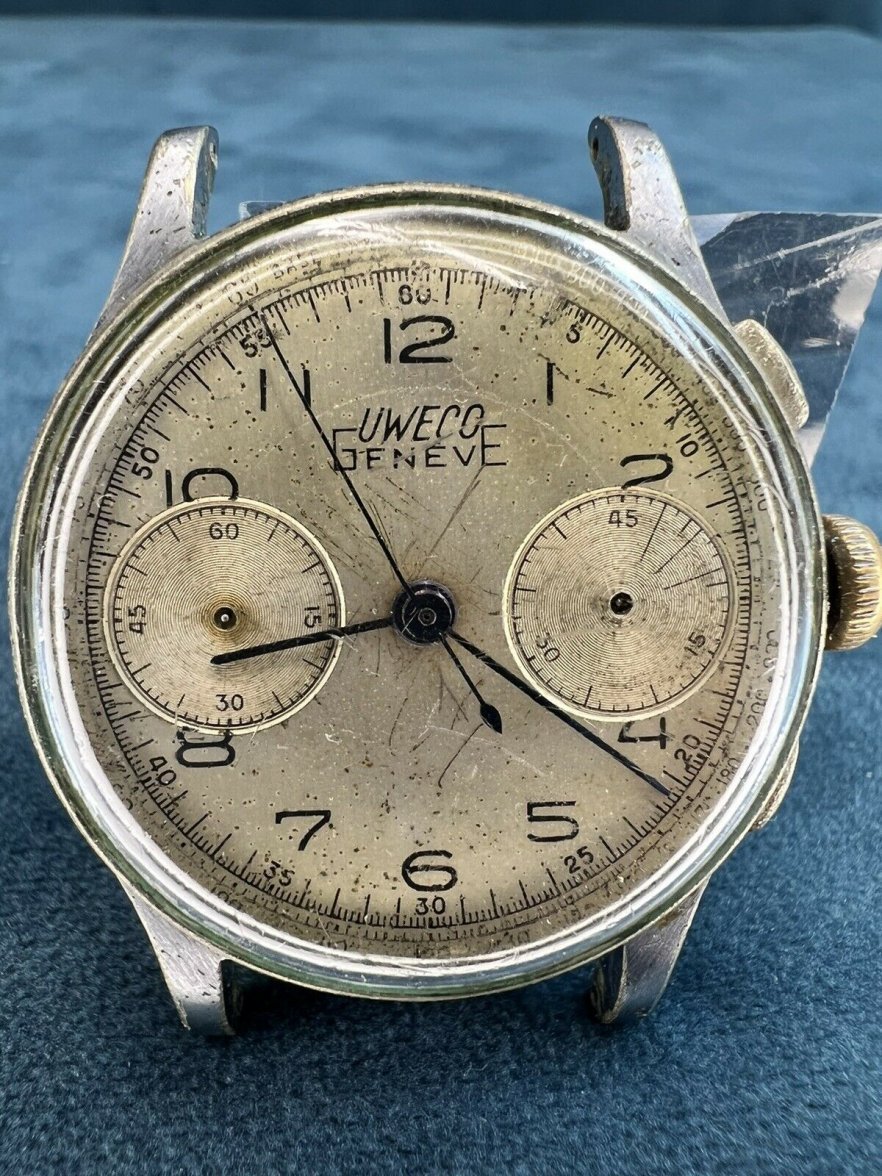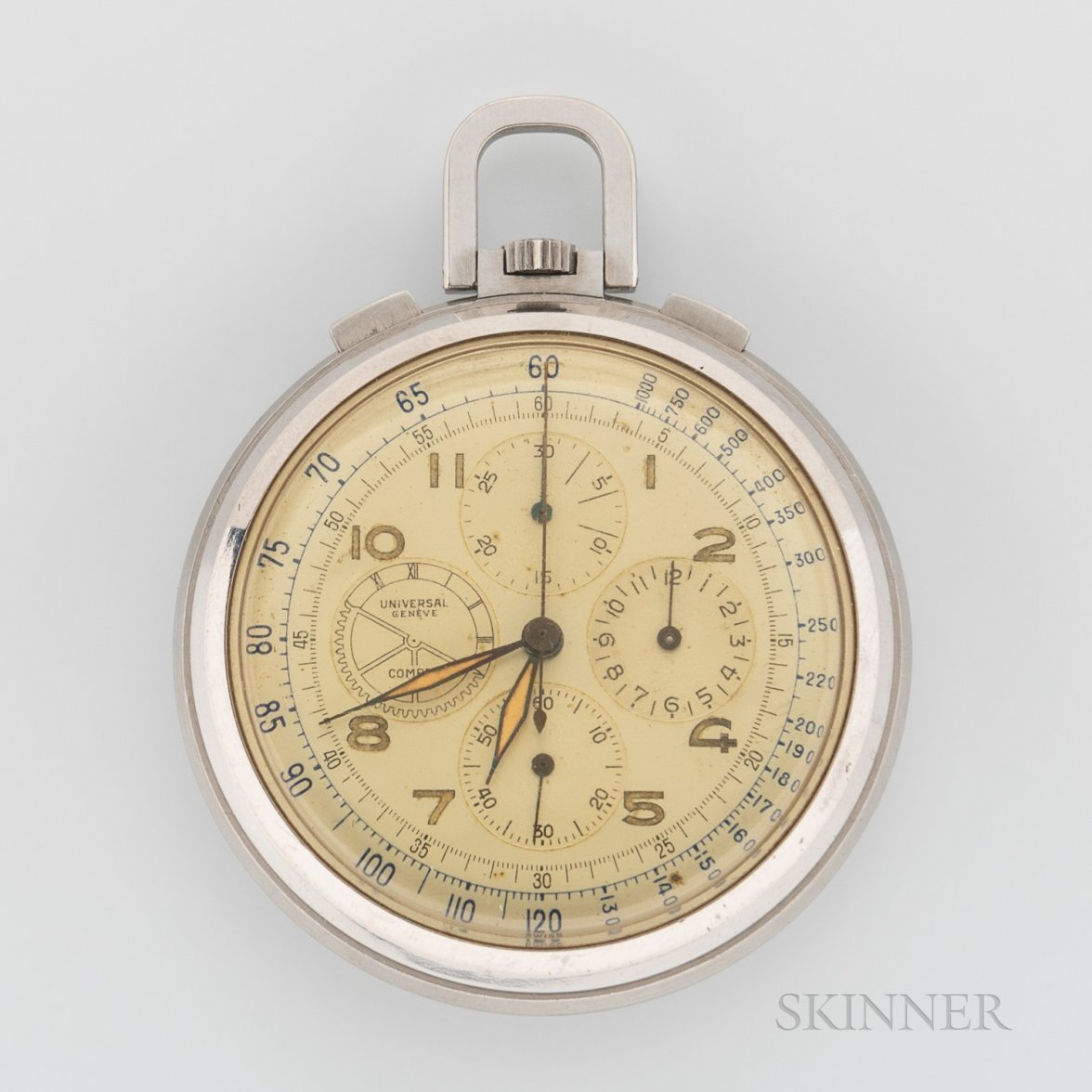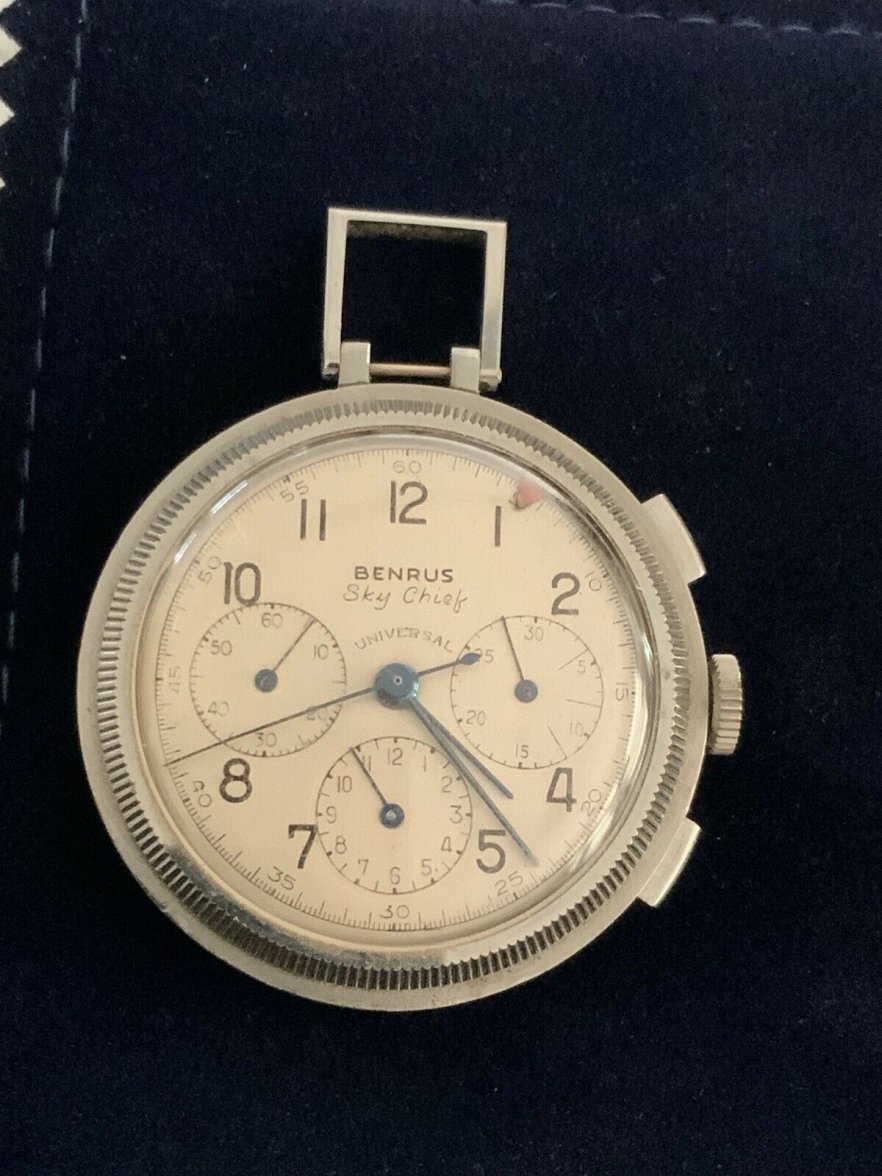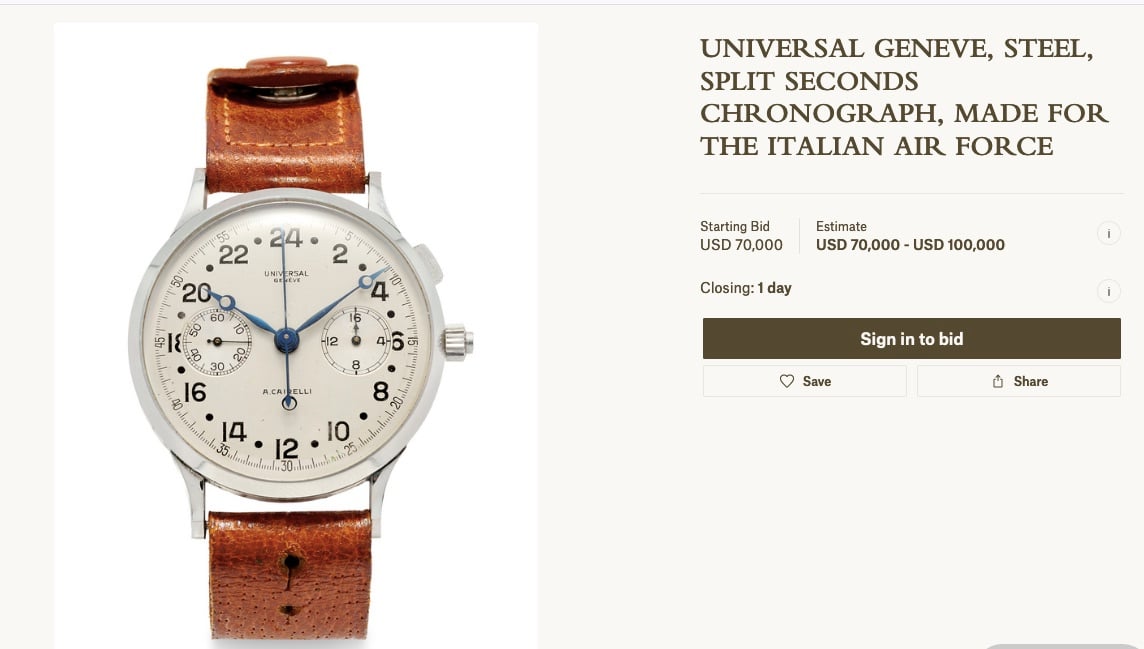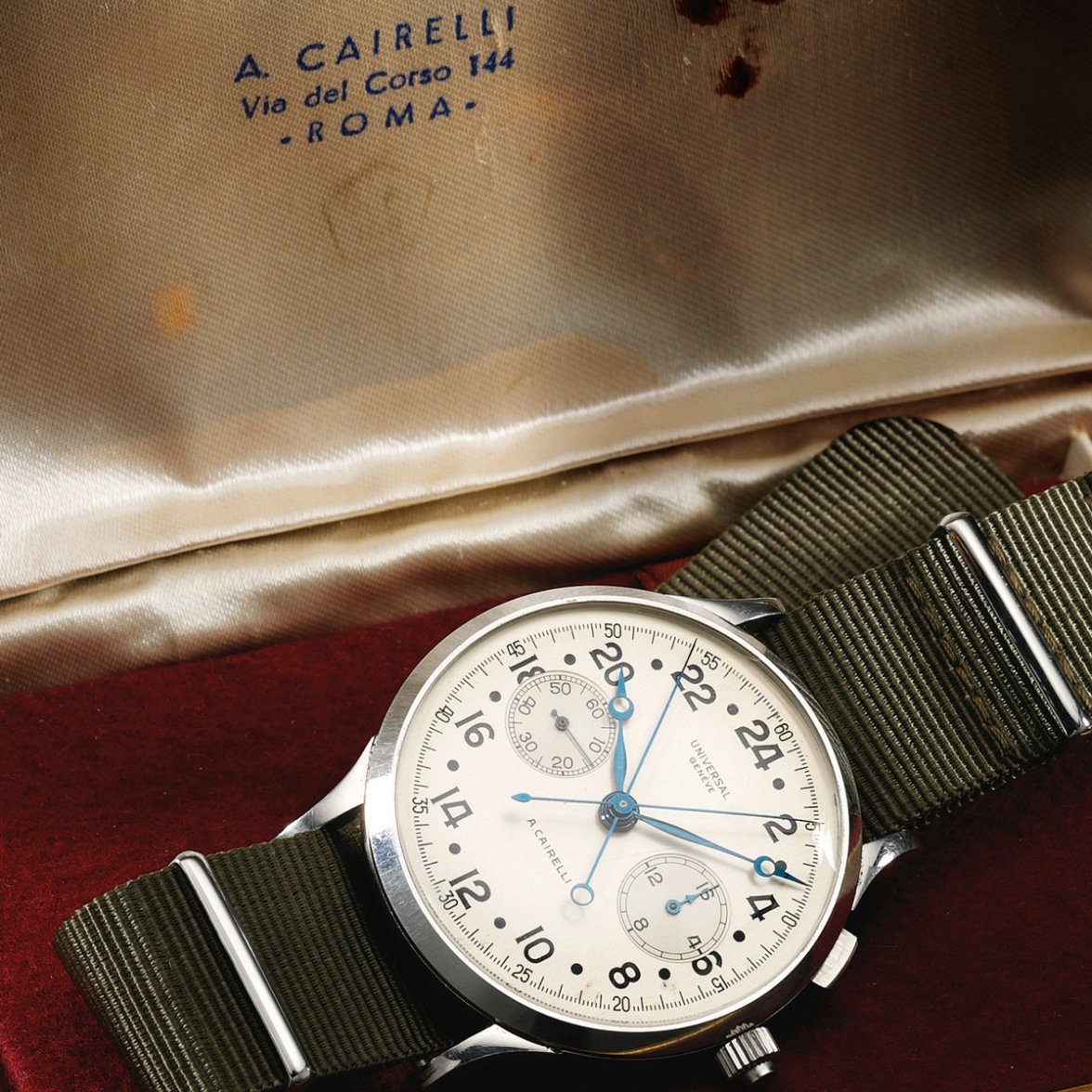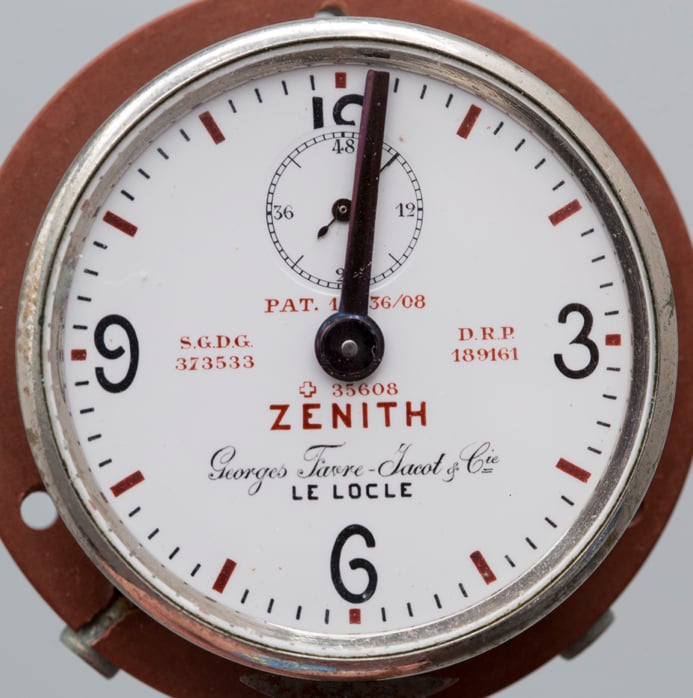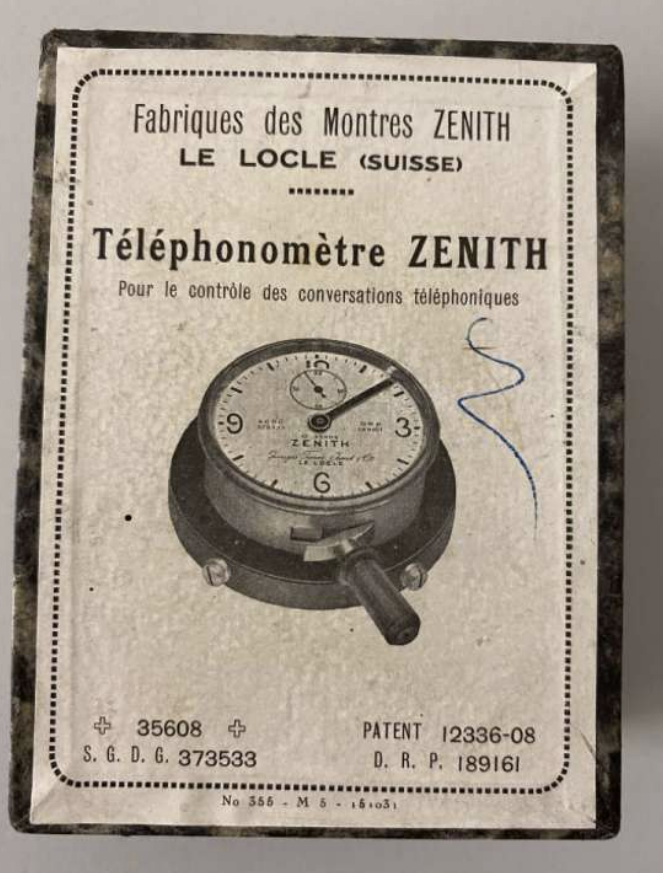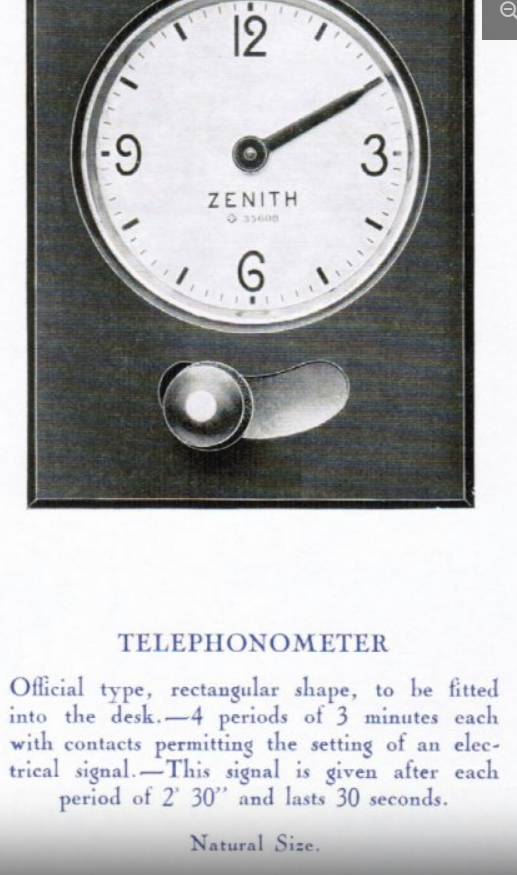I think US telephone practice is a red herring. More important is Switzerland and the rest of Europe. Now that information would be useful, I think.
You appear to be onto it!
At least with respect to the UK, unlike the U.S, and many other countries, I’m finding some evidence that long distance calls were structured in successive 3-minute increments:
While the above isn’t particularly detailed and could permit of different interpretation, it accidentally led me to quite a different angle on this topic: vintage British (and French?) “telephone timers” …
I meanwhile found a few early versions of “Phonograph” from the U.S. that separately reflect the U.S. structure (with subsequent minutes being called “overage”)
Accordingly, it would seem the mess is finding some order as follows:
For some early- and mid-20th century chronographs (particularly those with otherwise “normal” dial layouts and mere demarcations at 3/6/9), it appears likely that these helped UK (or some other European) long distance callers with rate conventions (charged in 3 minute blocks) but would have been of nominal use in North America and many other countries (with a structure of 3-minute minimum followed by single minute increments).
This is a rather interesting and cool outcome! I’d like best to see more documentation on this UK convention, which other European countries to which it applied, etc. - but indirectly the market for 3 minute increment European call timers is very compelling!
It’s also interesting to find these designs were seemingly disseminated to markets regardless of whether the demarcations were so applicable?!
I’d like to find any equally-compelling information around what to me now seems like a
separate matter of what seems more intentionally designed pilots watches with features such as “big eye” 15 minute totalizers with lumed 3-minute indices. I could be fairly labeled as biased at this point, but Instill find it entirely implausible that especially-made military pilots chronographs were adjusted for so highlighting these increments in
these ways (as opposed to the more “common” dial 3/6/9 demarcations) due to long distance calling - especially when it is separately established these time increments are otherwise broadly used in navigation at the time.
There may be at least two convergent stories here (if not more)!
